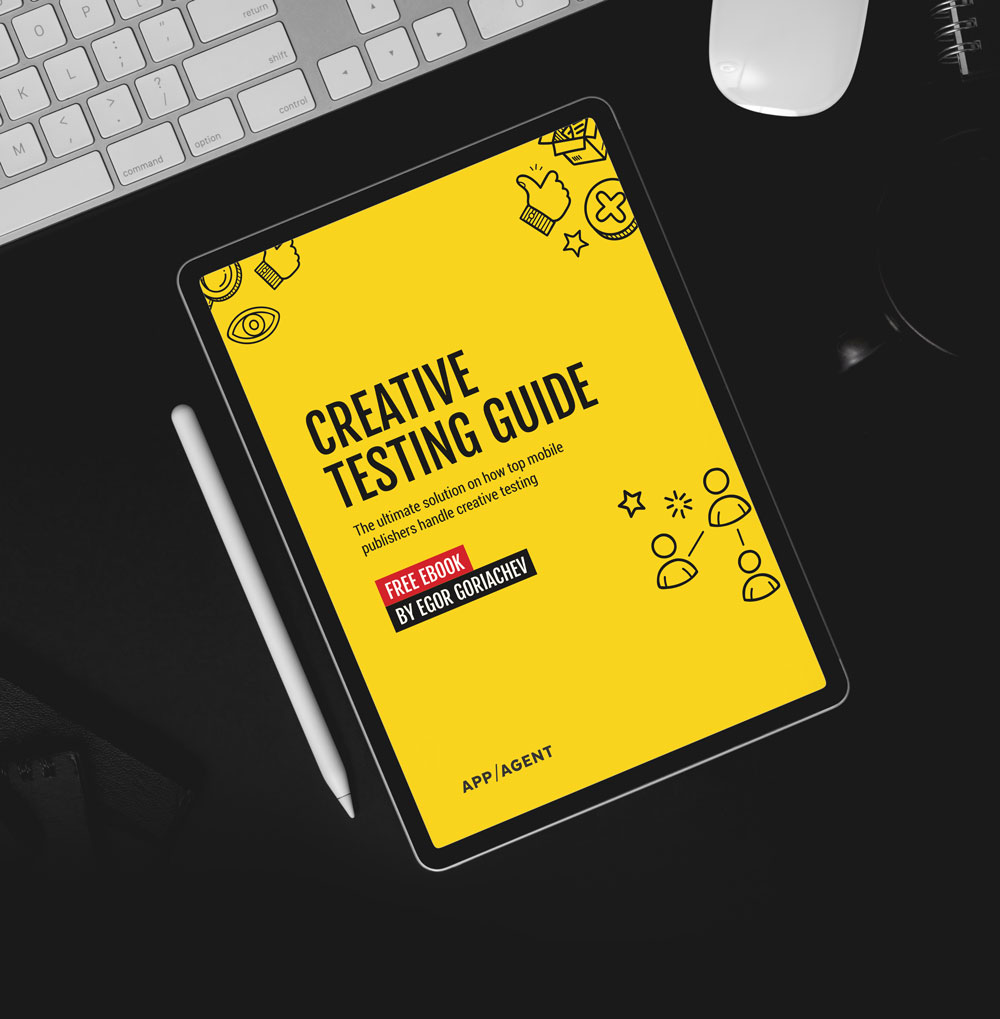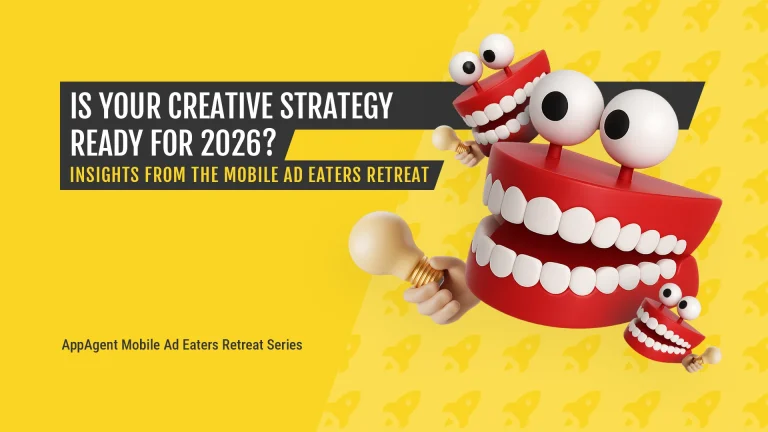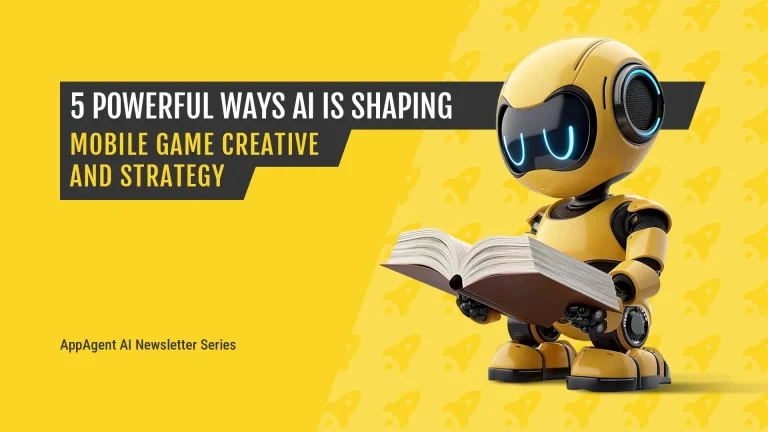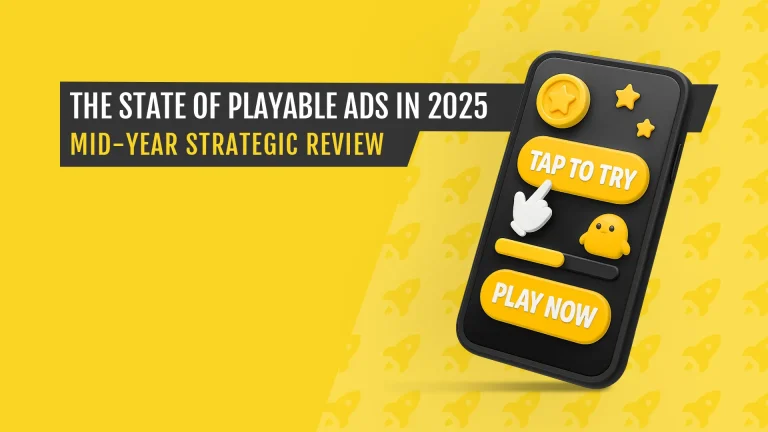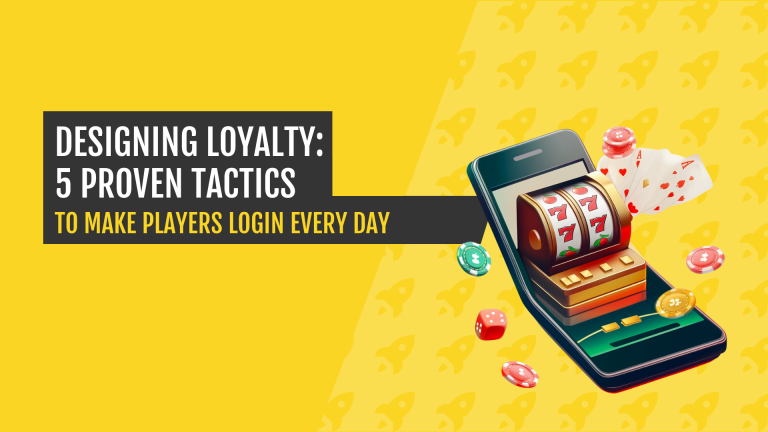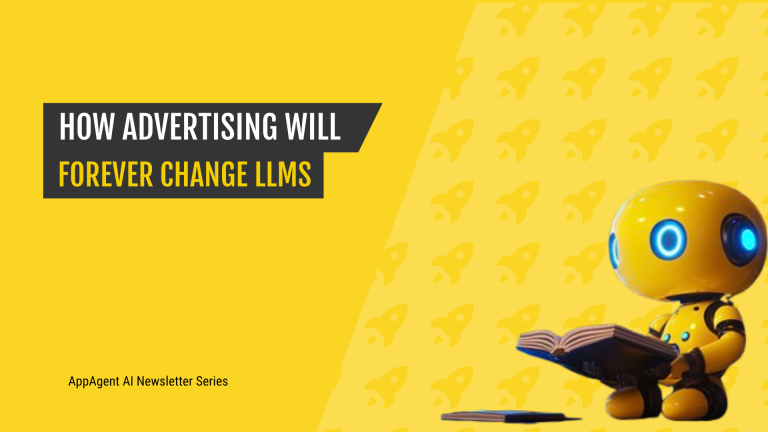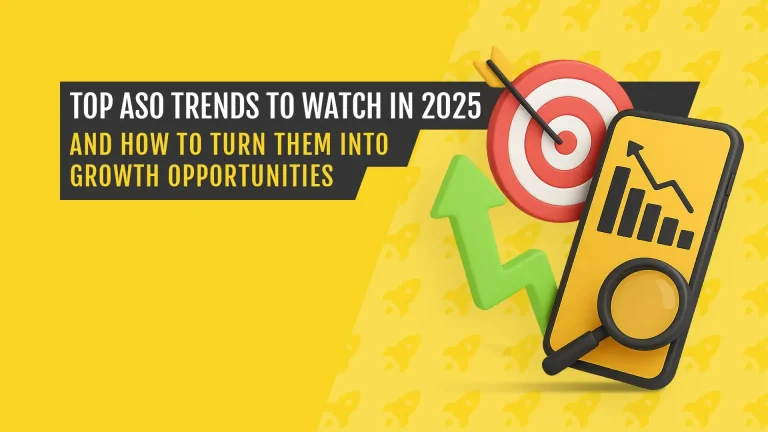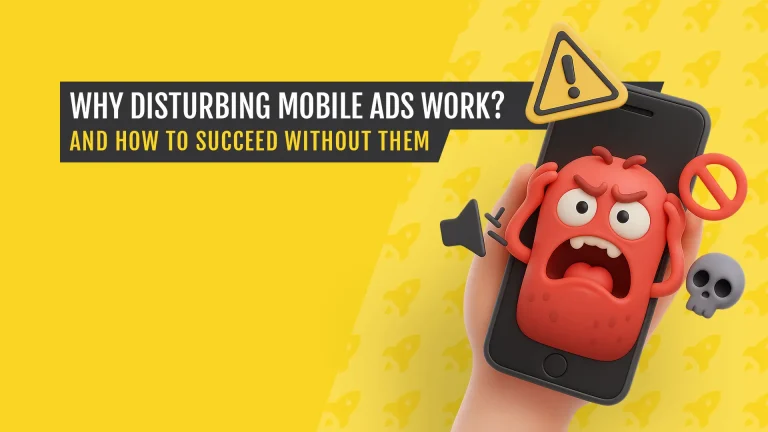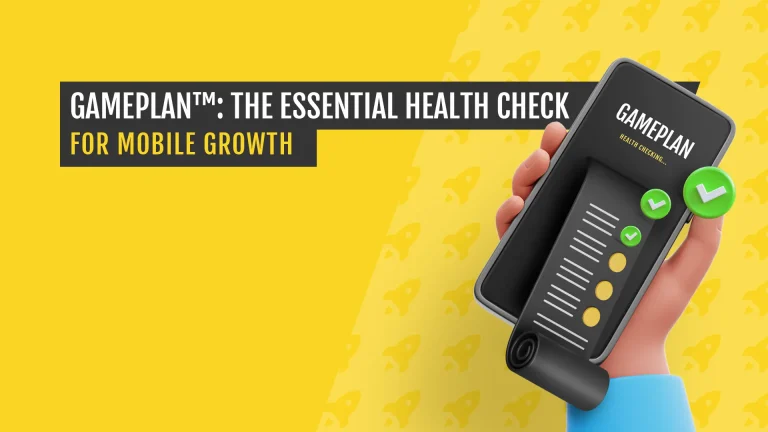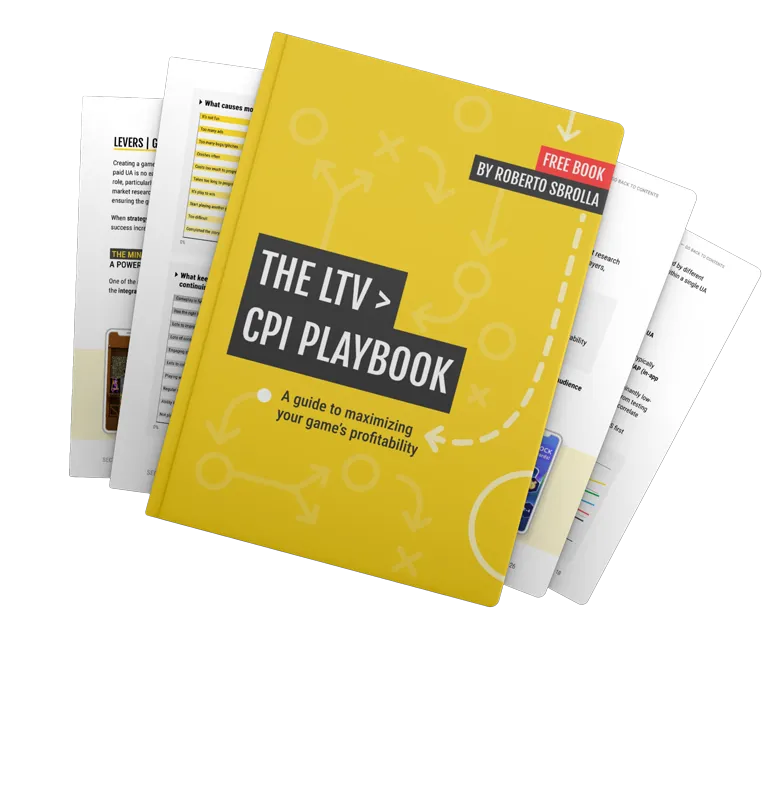Blog
Mobile growth insights in the form of in-depth articles, guides, and best practices.
Featured
SUBSCRIBE TO RECEIVE
MOBILE growth INSIGHTS

Discover 2026's top AI trends - from automated UA stack to rise of the AI-native entrepreneur - reshaping gaming, marketing, and creativity....

What happens when a creative strategist loves and hates AI at the same time? Here’s a real look at the AI workflows that save hours of work,...

Why most mobile ads fail—and what top studios revealed about building smarter, longer-lasting creative strategies for 2026 at Mobile Ad Eate...

Discover 5 powerful ways AI is shaping mobile game creative—from characters and animations to ads and UGC—and how studios boost engagement, ...

Playable ads are exploding in 2025. Discover key trends, top-performing formats, and how to scale UA with interactive creatives in this data...

Explore three levels of using AI in mobile game ads—from hooks to cutscenes to full AI ads—with real examples and practical insights.

Why do players open the same mobile game every single day — without a single push notification? This phenomenon isn’t driven by fun gameplay...

For years, Google has been diluting the core value of search in favor of profit. Paid rankings and sponsored content now dominate the result...

Discover 5 ASO trends for 2025 that unlock app growth—covering metadata, in-app events, organic visibility, and conversion wins.

Why disturbing mobile ads go viral—and how brands can hook users with better, safer creative strategies that still perform.

Master the art of mobile video ads—grab attention in just 4 seconds with emotional hooks, visuals, and sound that stop the scroll.

Struggling with UA, monetization, or stalled growth? GamePlan™ is a data-driven audit that diagnoses issues & unlocks scalable success. ...
Download the
Creative Testing Guide
Bring your creative testing process to the next level with AppAgent’s bulletproof method, backed by top mobile publishers.
